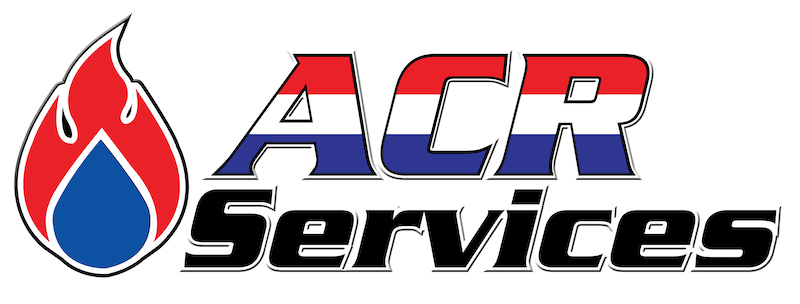Mold (those fuzzy patches of green, black, brown, and other colors) can spring up just about anywhere there is sufficient moisture. That can be a humid bath, kitchen, or laundry room or the result of a tub overflow, plumbing leak, or flooding. Prompt professional treatment is vital in order to avoid health issues and building damage. It’s also important to keep in mind that many severe mold problems are completely hidden from view.
What is Mold
Mold is a type of fungus that needs only dampness and a bit of food to grow. That food can be wallpaper, the paper on drywall, wood, cloth, and more. Not a plant it doesn’t need light to grow, and actually prefers dark places. Growing just about everywhere outdoors it spreads through invisibly small spores that float through the air. Easily brought indoors those spores can reach just about anywhere, including inside air ducts and within walls.
There are many different species of mold, each with its own particular health hazards and best treatment. The most notorious is black mold. Spreading quickly, expanding rapidly, and releasing harmful toxins.
Hidden Problems
Severe mold outbreaks can occur completely hidden, often under carpet or inside walls. It’s most common in high-humidity areas such as baths and crawl spaces, but can happen just about anywhere. If you’ve experienced a plumbing leak or flooding of any sort, a professional inspection is highly recommended as harmful growth can happen in as little as 1 to 3 days with no visible symptoms.
Symptoms
Beyond visible signs, you may notice musty odors. Hidden mold is especially insidious as your only evidence may be health issues that you might assume have some other cause. Mold releases allergens and many species also release various toxins. So you may notice an increase in allergies, asthma triggers, and/or symptoms that mimic a cold or flu. You and your family may also experience eye, nose, throat, or skin irritation. Vigilance is vital, as prolonged exposure to toxins can lead to serious organ damage. If you have any suspicions at all, it’s time for expert inspection and testing.
Mold Remediation
Physical mold removal itself is straightforward, but that’s surrounded by some highly technical procedures. Due to the significant health hazards and the possibility of spreading rather than eliminating the problem, the industry is highly regulated. Mold removal should be performed only by licensed companies with certified technicians and all of the necessary equipment.
Preparation and Precautions
The first step is expert inspection and testing to determine the extent of the problem, the species involved, and best mold remediation method. Next comes isolation to prevent spores, allergens, and toxins from spreading to other areas of the building. This step includes installing plastic sheeting as barriers, negative air pressure exhausting to the outdoors, and continually running HEPA air filters to remove microscopic contaminants from the air. Worker protection is paramount, and includes protective clothing, gloves, and special face masks.
Mold Removal
The actual mold removal may use one or more methods including antimicrobial wipe down, sanding, wire brushing, and HEPA vacuuming depending on circumstances such as the type of materials affected and the specific species of mold. Removal must be thorough and absolute complete to avoid regrowth, and affected porous materials such as drywall must be replaced. All materials and debris should be removed from the isolated work area in sealed plastic bags to prevent spread, and then disposed of properly as hazardous waste.
Restoration
Once follow-up testing gives the all-clear, repairs can be completed. In some situations building materials may be sealed against moisture, and odor removal treatments may be called for.
Prevention
There are several actions homeowners can take to prevent mold problems. If you’ve already experienced and outbreak they’re especially important after mold abatement services.
- Assure adequate ventilation in areas such as baths, kitchens, and laundry rooms.
- Maintain indoor humidity at or below 45%. You may want to purchase an inexpensive meter and make a few checks throughout the year.
- Make sure that there are no roof leaks and that windows and doors properly seal out moisture.

